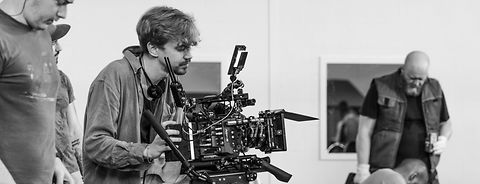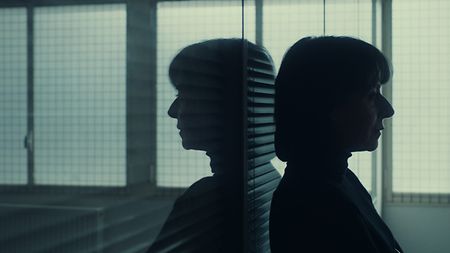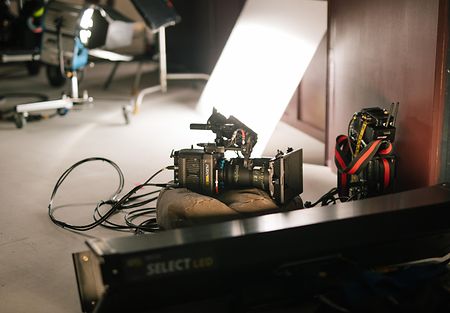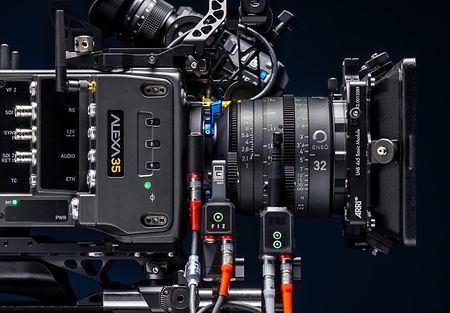Winner of the Best French Series award at the La Rochelle Film Festival, “Follow” is a thriller that blends social networking and police investigation. The story follows community manager Léna who works for the Préfecture de Police and helps track down a killer who is rampaging through Paris. To create the series’ claustrophobic atmosphere, young cinematographer Martin Laugery relied on the ALEXA Mini LF. For his follow-up projects, he continued to shoot on ARRI equipment: His first feature film “Zion” with director Nelson Foix was filmed with ALEXA 35, as well as the much-anticipated Prime Video series “Trash” which the cinematographer is currently working on. In this interview, DP Laugery explains why ARRI cameras were exactly the right fit for all three projects.
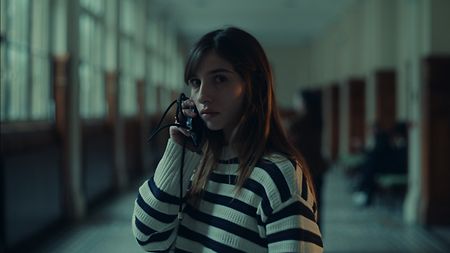
DP Martin Laugery captured the award-winning series “Follow” on ALEXA Mini LF
“Follow” is broadcast on French channel 13ème Rue which is specializing in crime and horror films. How did you approach this very dark thriller?
I’d already worked with director Louis Farge on the series “Cuisine Interne,” a crime thriller set in the restaurant business, also broadcast on 13ème Rue. We know each other well. Our reference was Netflix's “The Chestnut Man,” a chilling Scandinavian thriller series. On “Follow,” we wanted to create a claustrophobic, anxiety-inducing atmosphere. This was achieved in particular through the absence of discovery in the sets and very precise work on the framing, with lots of low-angle shots and very short depths of field. The choice of locations was also very important in conveying the heaviness of the institutions. We shot in a magnificent set at the Conservatoire national des arts et métiers (CNAM) in Paris, with stonework, wood paneling, and large bay windows that convey the verticality of power. Director Louis Farge wanted to combine references to 1980s and 1990s thrillers with modern elements, such as the integration of social networks, which are quite difficult to deal with on film. Louis came up with the idea of superimposing these elements on the image, which works very well. This meant anticipating the frame so as to make room for these overlays.
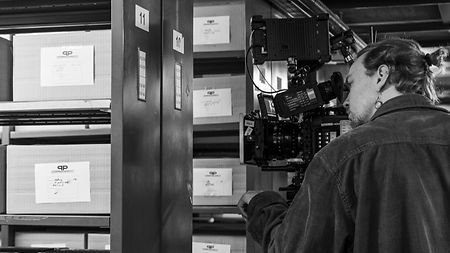
DP Martin Laugery chose the ALEXA Mini LF on “Follow” because of its large sensor
Why did you choose the ALEXA Mini LF for “Follow”?
On “Cuisine Interne,” we shot with the ALEXA Mini. However, on “Follow,” we wanted to get close to the actors’ faces with a handheld camera, to accentuate the claustrophobic atmosphere of the series. The ALEXA Mini LF made this possible, thanks to its large sensor. With 65 mm focal length, I could stand just 20 centimeters from the actress without distorting the image and with a very shallow depth of field. I’m thinking in particular of a scene in which Léna has an anxiety attack in a corridor of the Préfecture de Police. In Super 35, I would have had to use at least 40 mm. In terms of optics, I used Cooke Panchro full frame and a Canon Dreamlens f0.95 lens, whose aberrations I really like. For the rest, I shot the entire series with the ALEXA Mini LF at ISO 1280, sometimes ISO 1600, to bring a little texture back into the image. I also applied LUTs that I'd designed beforehand.
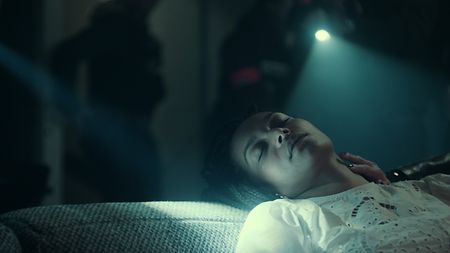
The overall look of “Follow” is based on the LUTs that DP Laugery designed and adapted according to the sequences
The lighting is very elaborate on “Follow,” with a sort of green and yellow dominance, and a lot of softness. How did you achieve that?
I have a real passion for green, which is the narrative color par excellence. On “Follow,” I had this idea of working with yellows and greens, notably with cold, but quite soft, outside light, and desk lamps that tended towards yellow. But the overall tone of the series comes from the LUTs that I designed and adapted according to the sequences. On all my projects, I do film tests and test my LUTs on them. This allows me to validate a direction with costumes and make-up. Once on set, in the evening or at lunchtime, I run the rushes through my DaVinci Resolve and adapt my LUTs. I apply the new LUTs to the rushes and pass them on to post-production. That way, everyone sees an image close to the final result. On “Follow” and, more recently, “Trash”, I worked with Thomas Canu as colorist. On each project, we set up between five and ten LUTs, which I then adapt on set. On “Follow”, my idea was to reduce the color spectrum and try to gather around the yellows and greens. This is something you see a lot in David Fincher’s films, and it’s well suited to the world of crime fiction. In terms of contrast, I set the blacks quite high in the image processing. But I try to keep some detail in the blacks, even with very dark, very dense images. That’s what gives the impression of softness despite the contrast.
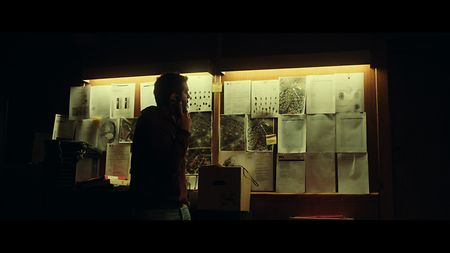
On “Follow” and other projects, the DP sets up between five and ten LUTs, which he then adapts on set
Did you choose ARRI equipment on other projects as well?
This summer, I shot my first feature film as a cinematographer: “Zion,” directed by Nelson Foix, who also made his debut with this production. It’s a beautiful, very ambitious film, which we shot almost entirely at night in Pointe-à-Pitre, Guadeloupe. It is situated in the milieu of arms and drug dealers, starring non-professional actors. I did quite a few comparative tests before choosing the ALEXA 35 for this project. I was very taken by this camera. There were many aspects that interested me, not least the possibility of working on textures beforehand. Previously, this could only be done in post-production. I was able to design LUTs that allowed me to manage colors and textures directly on set. As 80 percent of “Zion” takes place at night, I also made extensive use of the ALEXA 35’s ES mode, which offers high sensitivity without any increase in image grain. On certain sequences, I was able to go up to ISO 4800, or even ISO 6400 in ES mode, and combine it with a Deep Shadow texture (H457) that smoothed out the grain even further. And all this while retaining a richness of color and rendering of the dark skins of the Guadeloupean actors. I’m thinking of several scenes of rioting at night, where the only lighting was street lamps. I didn't need to add any light, and I retained both dynamic range and depth of color. Whereas when you pull the signal with cameras, you often lose color.
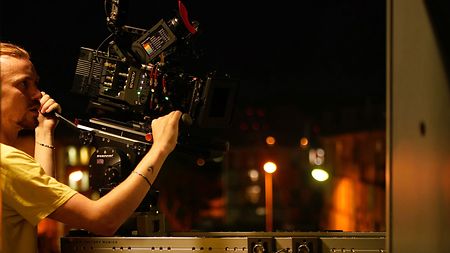
Martin Laugery chose the ALEXA 35 for his first feature film
